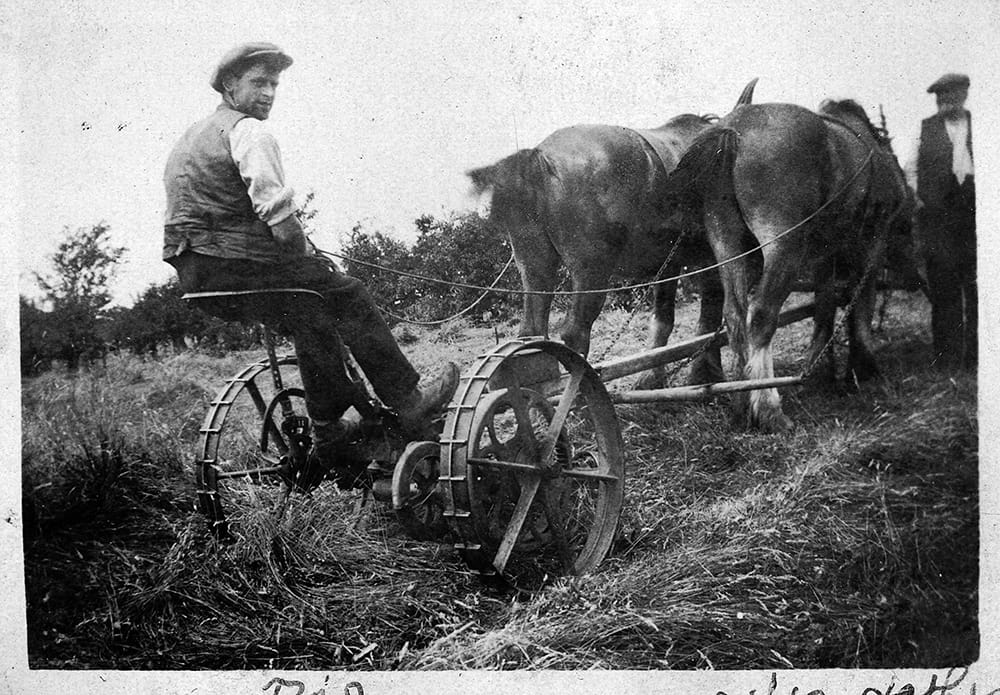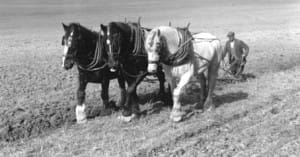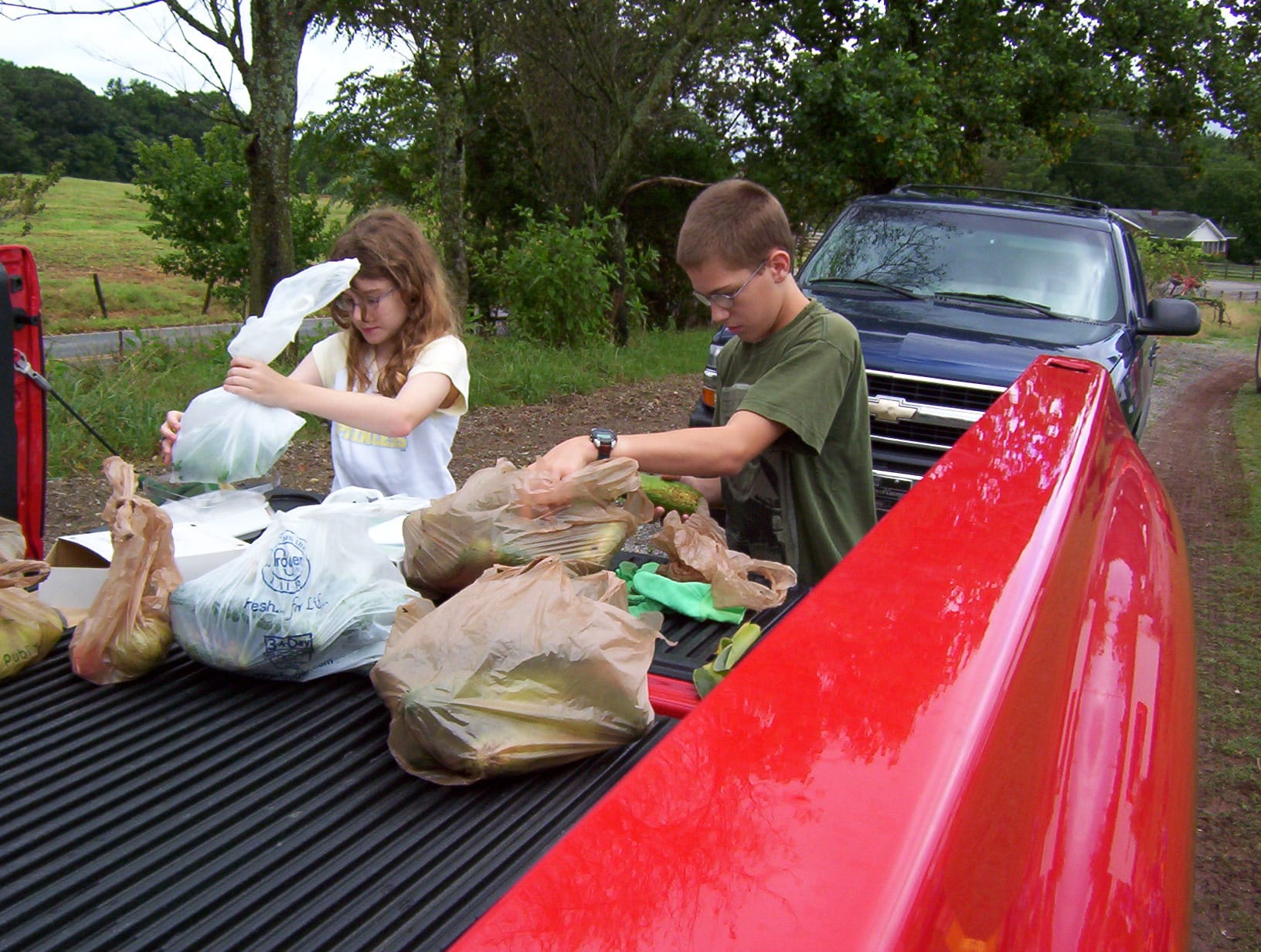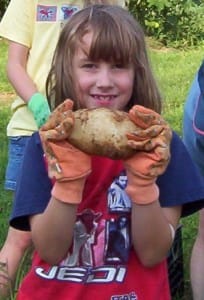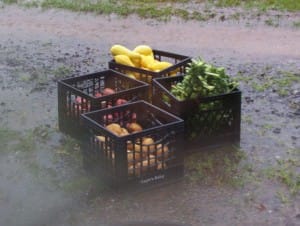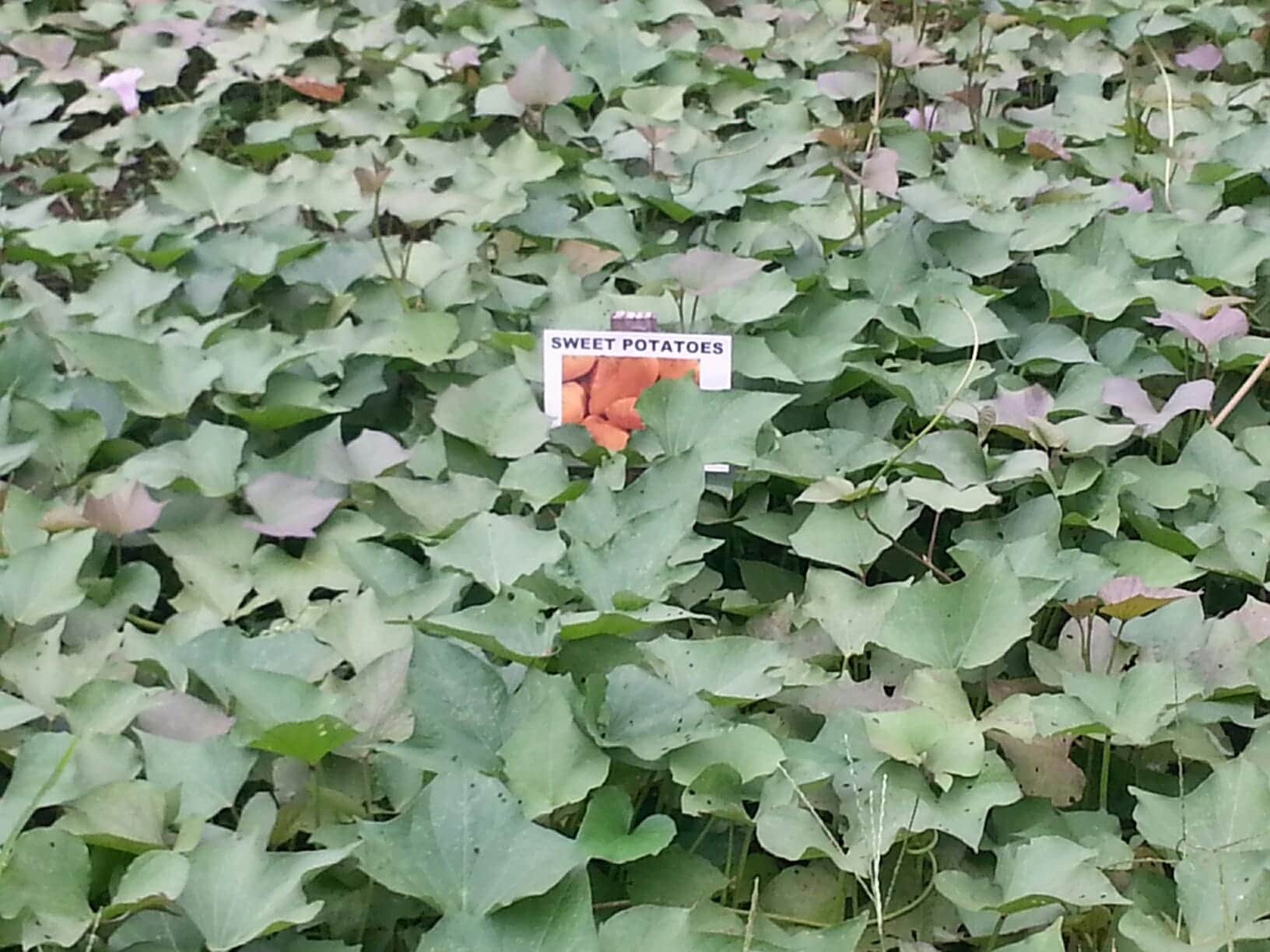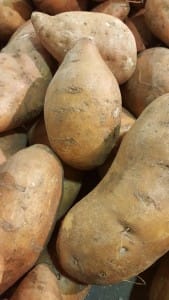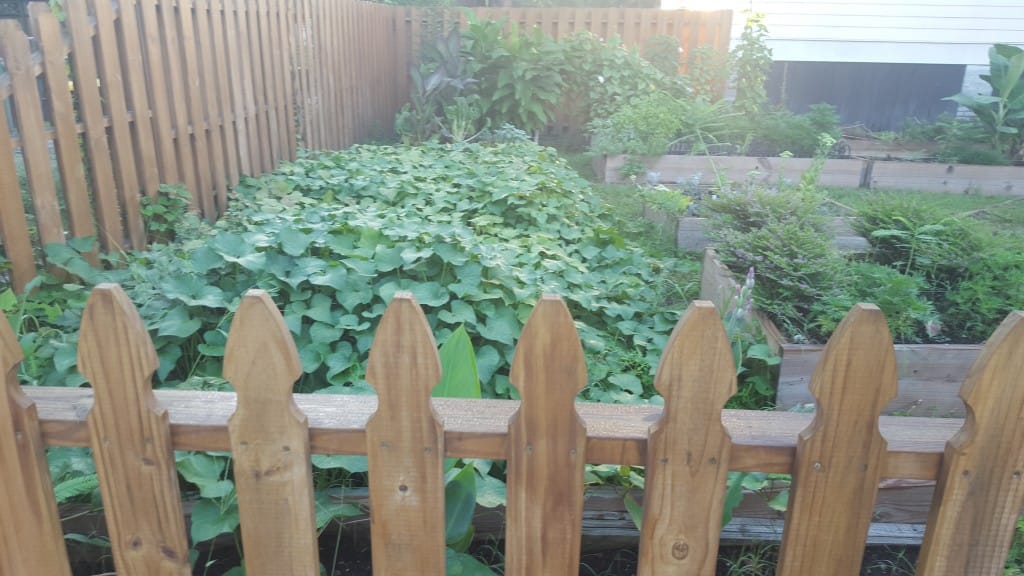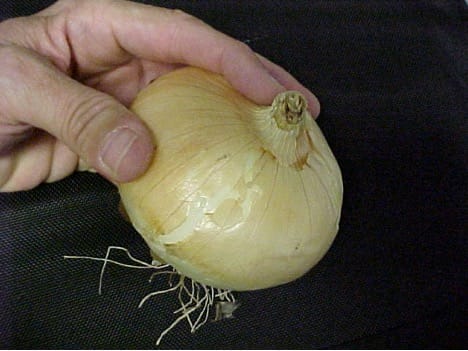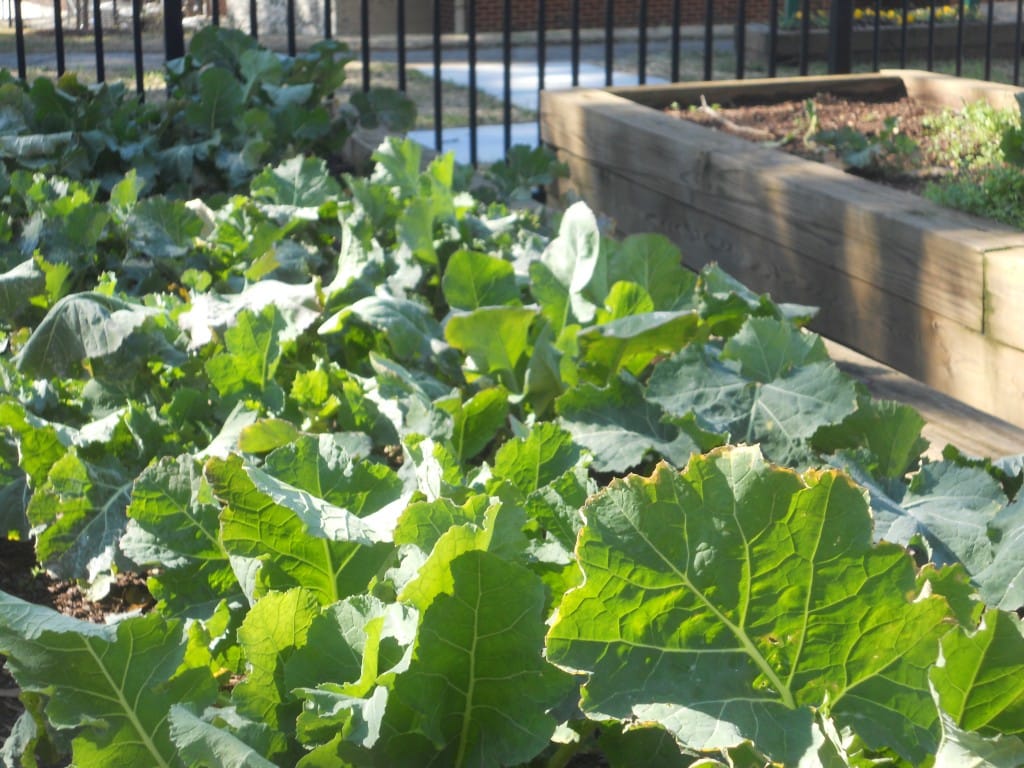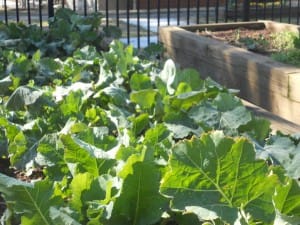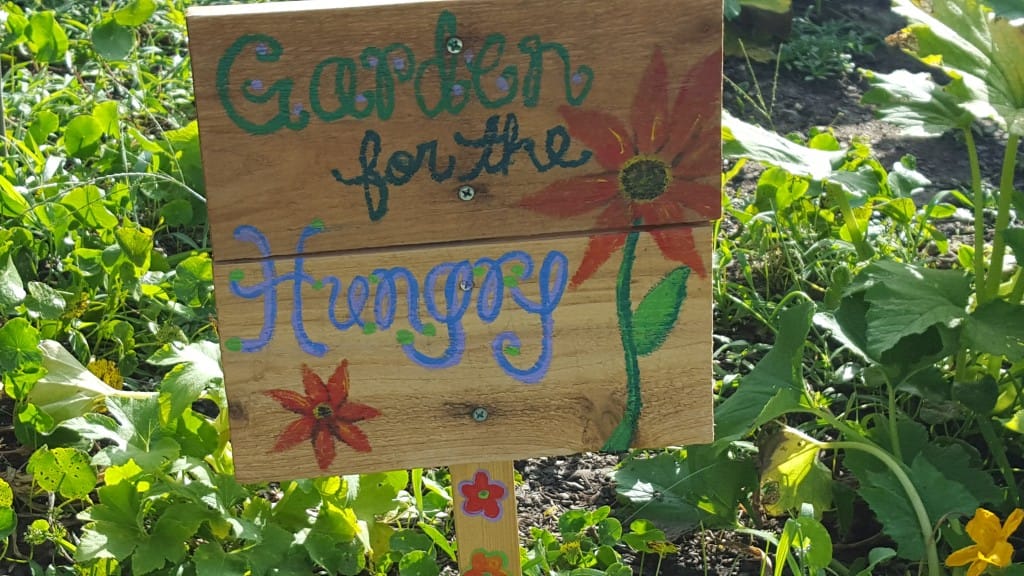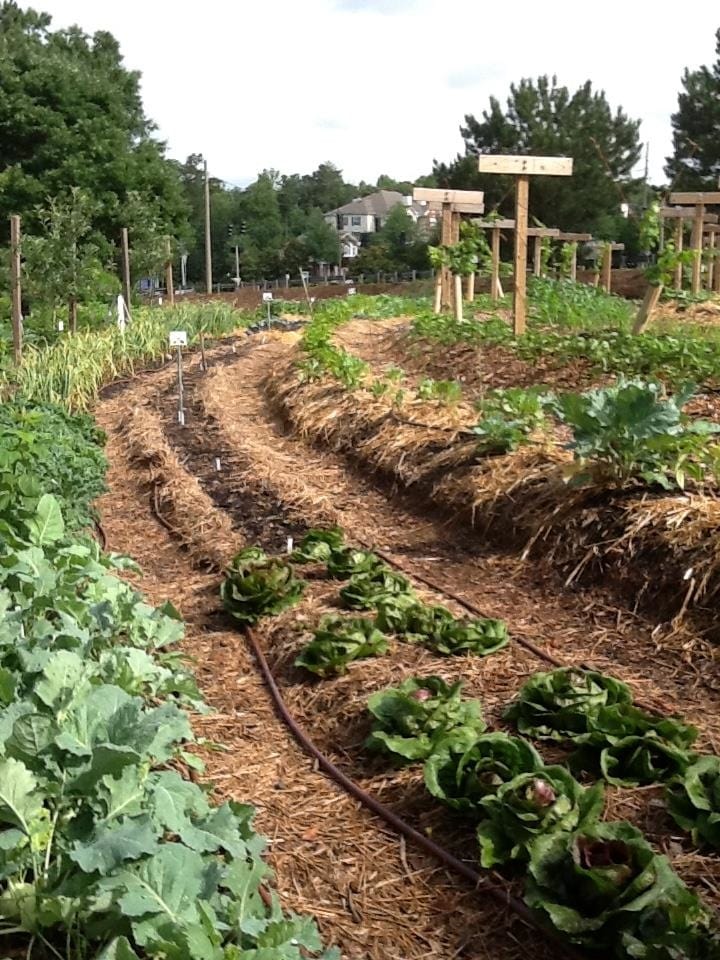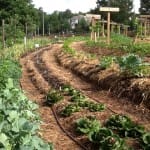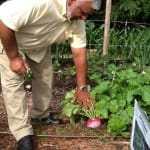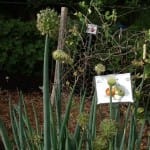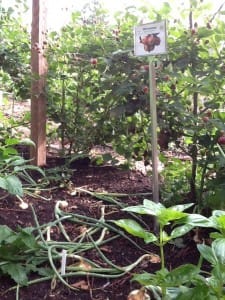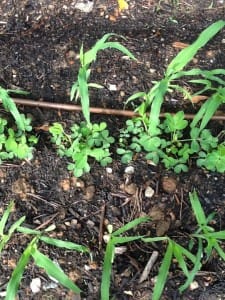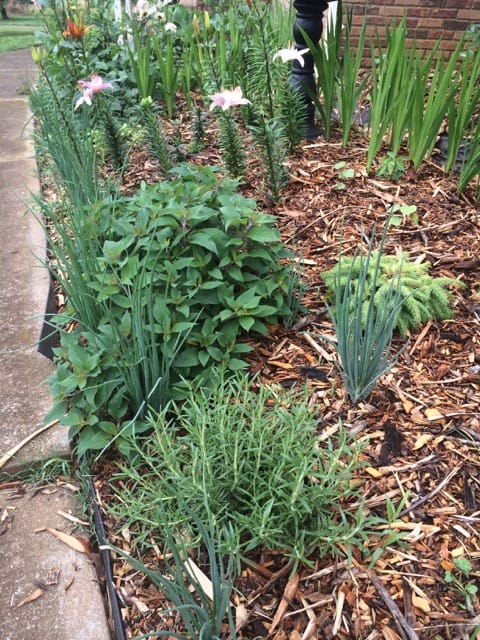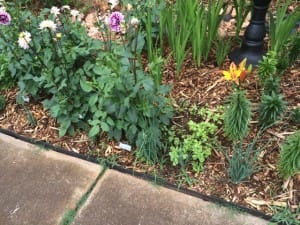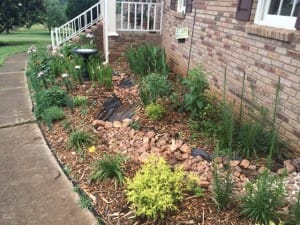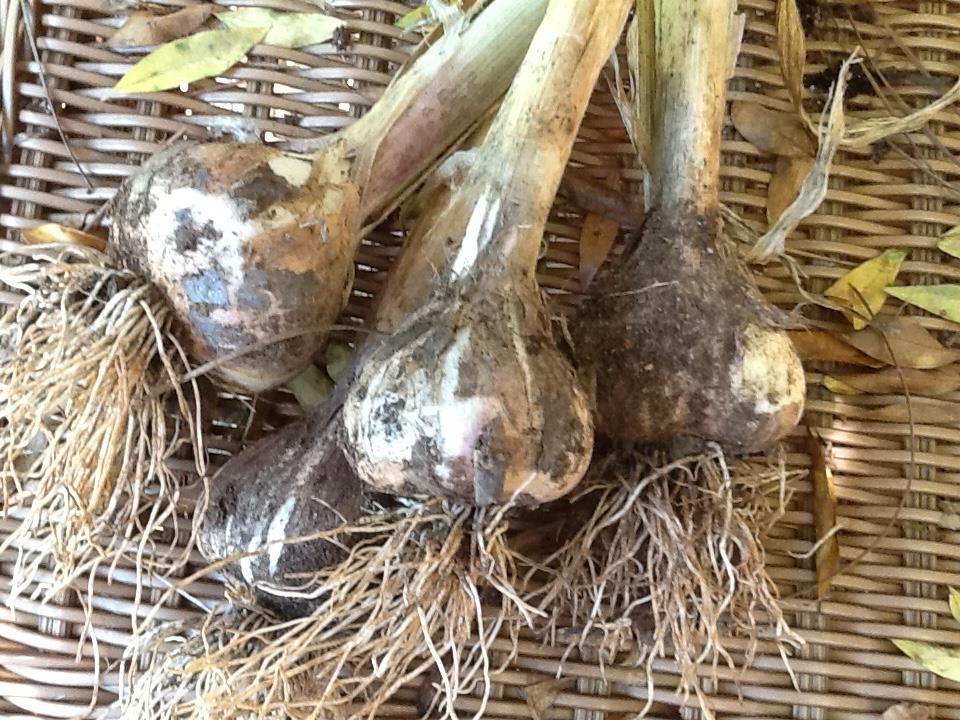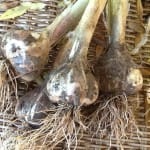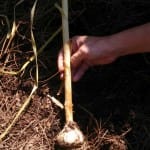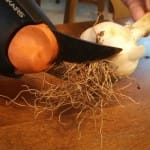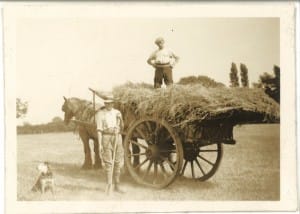
The old ways are not always the best ways. Recently a relative of B. B. Higgins of Griffin, Georgia found a bulletin written by Mr. Higgins who was a botanist at the Georgia Experiment Station. The following was written in January of 1935:
Soil For the Pepper Seedbed
Where clean woods soil is available it is advisable to use new soil for the pepper seedbed each year. When it is not available, the old soil may be used several years provided it is sterilized each year before the seed is planted.
If high pressure steam is available, it is the cheapest and most effective means of doing this. An inverted pan of sheet iron may be made to fit inside the bed walls and attached to the boiler by means of rubber hose. The seam should be run in at 80 to 100 pounds pressure for about an hour, or until a potato placed 12 inches below the surface is thoroughly cooked. The pan may then be moved to another section until the entire bed is sterilized.
The soil may be partially sterilized quite satisfactorily with formaldehyde solution (known commercially as “Formalin”). One gallon of commercial formalin is sufficient for 100 square feet of soil.
First spade up and pulverize the soil. Add 1 gallon of formalin to 99 gallons of water and apply evenly over the soil with a sprinkling can, at least 1/2 gallon per square foot. The soil should then be covered with tarpaulins or other heavy cloth. Two or three layers of old sacks is quite satisfactory. This cover should remain in place 2 to 3 days. It should then be removed to allow the fumes to escape.
As soon as the soil is dry enough it should be spaded over and aired out thoroughly. The seed should not be planted until at least 2 weeks after treatment.
The formalin treatment will not kill all nematodes. If the root-knot nematode is present the soil should be steam sterilized, or the bed over to a new location.
None of us in 2015 would consider using formalin in our garden and steam treatment has long been replaced by the use of heavy black plastic to heat our soils – much safer to apply than steam. Still, doesn’t this make for a minute or two of interesting reading? Remember, this method was promoted in the 1930s.
Reviewing this bulletin emphasizes how important it is to rely on current research-based information. In this age of “the university of Google” and Wikipedia, it is extremely easy to get information that isn’t research-based, is out of date, or is just wrong. With today’s wonderful publishing tools anyone can make an official looking publication. The lesson – know your sources. Looking for information put out from major universities and sources you can trust. Don’t entrust the health of your garden to incorrect information!
Happy Gardening!
